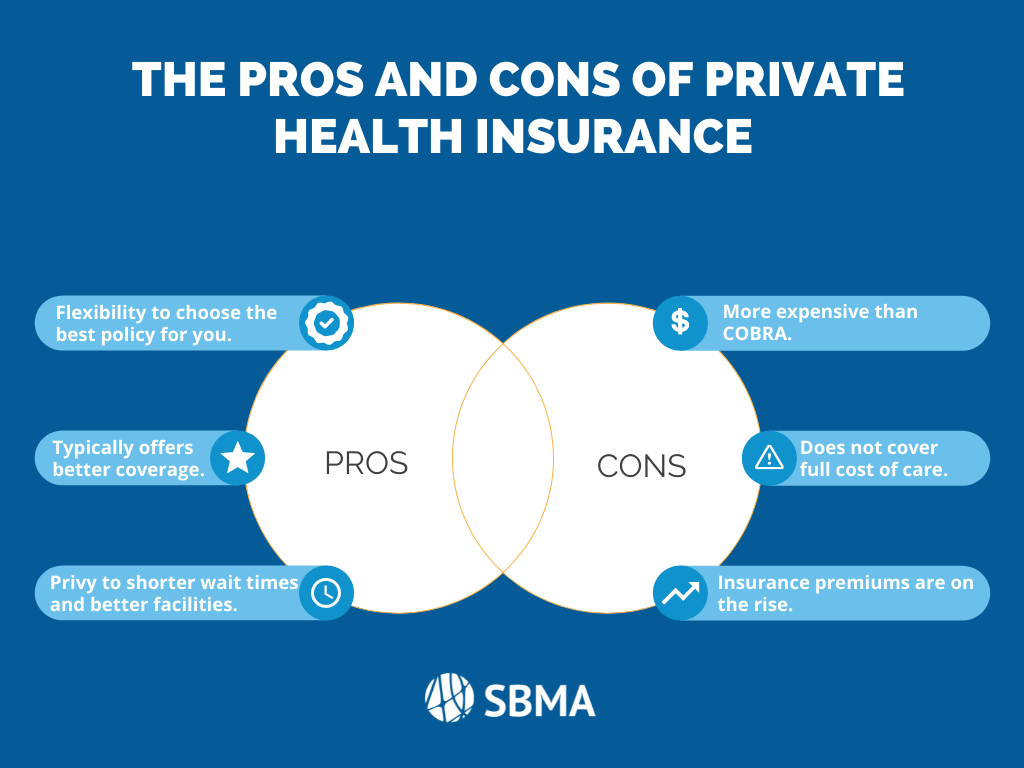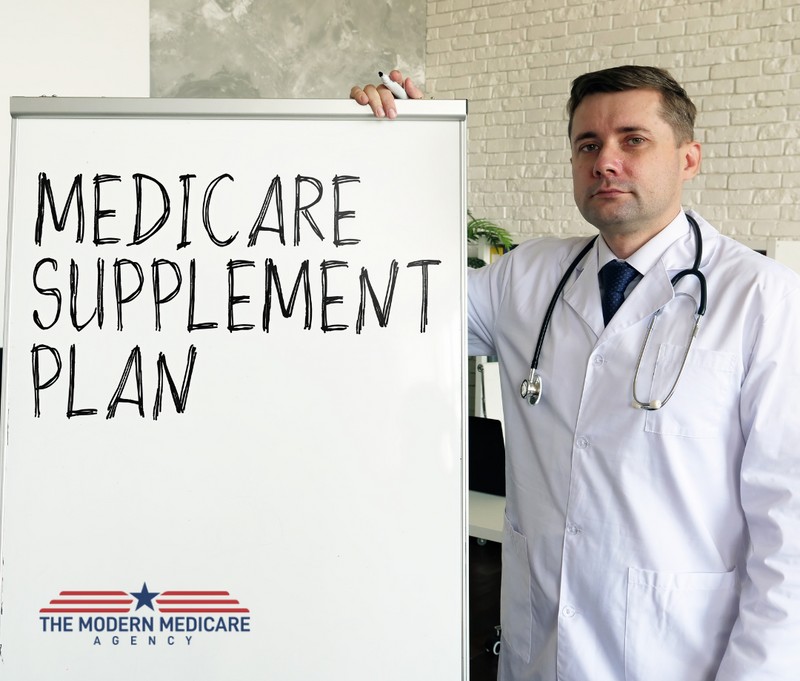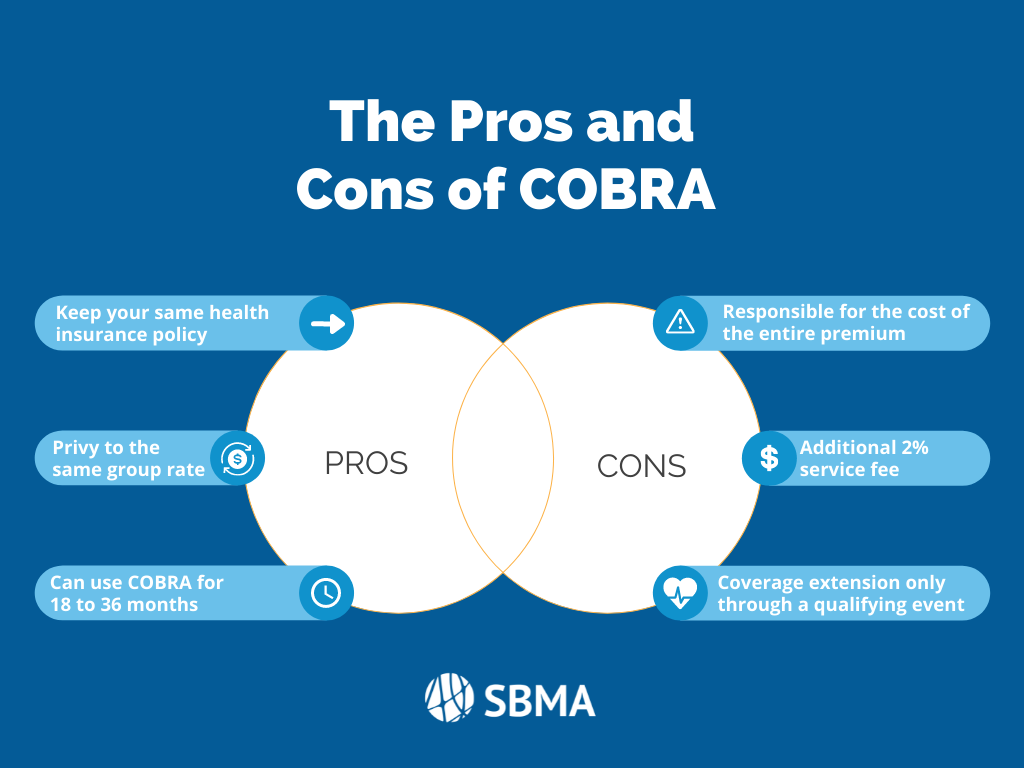10 Easy Facts About Medicare Advantage Agent Explained
10 Easy Facts About Medicare Advantage Agent Explained
Blog Article
9 Easy Facts About Medicare Advantage Agent Shown
Table of ContentsIndicators on Medicare Advantage Agent You Need To KnowSome Of Medicare Advantage AgentGetting The Medicare Advantage Agent To Work


follows from complies with the relatively young reasonably profile of the uninsured with the better health, on average, standard younger persons. For those without accessibility to workplace wellness insurance coverage, bad health is a possible barrier to purchasing nongroup protection due to the fact that such coverage may be extremely priced, omit pre-existing conditions, or be just inaccessible. Unless otherwise kept in mind, nationwide quotes of individuals without health and wellness insurance policy and proportions of the populace with various kinds of insurance coverage are based on the CPS, the most commonly used source of estimates of insurance coverage and uninsurance rates.

The Single Strategy To Use For Medicare Advantage Agent
The connection in between health and wellness insurance and accessibility to care is well developed, as recorded later on in this phase. The partnership between health insurance policy and health and wellness results is neither straight nor simple, a considerable clinical and health and wellness services research study literary works links health and wellness insurance policy coverage
to improved better accessibility care, better much better, and improved boosted and population health wellness. The 2nd record, on personal health and wellness results for uninsured adults, is represented by the innermost circle of the figure, while the third record, on family wellness, includes the subjects of the second report yet stresses a various device of analysis, particularly, the family.
Additionally, it focuses particularly on those without any health insurance for any size of time. The issues faced by the underinsured remain in some areas similar to those faced by the without insurance, although they are generally much less serious. Uninsurance and underinsurance, however, entail clearly different plan issues, and the approaches for resolving them might differ. Throughout this research and the five records to adhere to, the primary emphasis gets on individuals without any medical insurance and therefore no support in spending for wellness care past what is readily available through charity and safeguard organizations. Medical insurance is an effective variable influencing invoice of treatment due to the fact that both clients and physicians respond to the out-of-pocket price of services. Health insurance, nevertheless, is neither essential nor sufficient to get accessibility to medical solutions. Nevertheless, the independent and straight effect of health
insurance protection on accessibility to wellness services is well developed. Others will obtain the health and wellness care they require even without health insurance coverage, by spending for it out of pocket or seeking it from providers who offer treatment cost-free or at extremely subsidized rates. For still others, medical insurance alone does not make certain receipt of care due to the fact that of various other nonfinancial obstacles, such as an absence of health and wellness treatment providers in their community, minimal access to transportation, illiteracy, or etymological and social distinctions. Formal research study concerning uninsured populations in the USA dates to the late 1920s and very early 1930s when the Committee on the Cost of Treatment produced a collection of reports regarding financing doctor workplace visits and hospitalizations. This problem came to be prominent as the varieties of medically indigent climbed up throughout the Great Clinical depression. Empirical research studies consistently sustain the link in between access to care and enhanced health outcomes(Bindman et al., 1995; Starfield, 1995 ). Having a routine resource of care can be considered a predictor of accessibility, instead of a direct measure of it, when health and wellness end results are themselves made use of as accessibility signs. This expansion of the idea of access measurement was made by the IOM Committee on Monitoring Access to Personal Healthcare Services(Millman, 1993, p. Whether parents are insured shows up to impact whether or not their youngsters obtain care along with just how much careeven if the children themselves have coverage(Hanson, 1998). The health and wellness of parents can impact their capacity to care for their kids and the degree of family stress. Bothering with their youngsters's access to care is itself a my site source of stress for moms and dads. 3 chapters comply with in this report. Chapter 2 provides an overview of how employment-based medical insurance, public programs and specific insurance plan run and engage to supply substantial yet insufficient insurance coverage of the united state populace. This consists of a review of historical trends and public policies influencing both public and exclusive insurance coverage, a conversation of the communications among the different sorts of insurance, and an assessment of why individuals relocate from one program to an additional or end up

Report this page